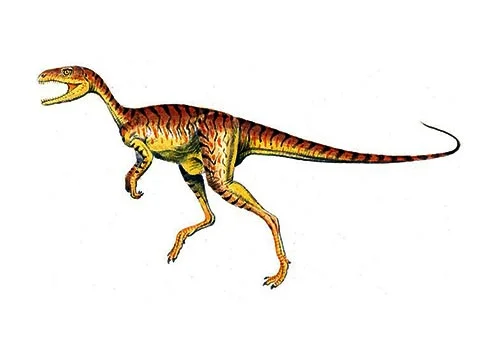Chindesaurus (Chinde lizard)

Chin-de-sore-us
R. A. Long & P. A. Murry - 1995
Carnivore
Estimated 1.5-2 meters long
Small Theropod
C. bryansmalli (type)
USA, Arizona - Chinle Formation, New Mexico - Bull Canyon Formation, Chinle Formation, Texas - Colorado City Formation
Late Triassic, 210 million years ago
Chindesaurus Facts
Chindesaurus is a genus of small- to medium-sized dinosaur from the Late Triassic period. It lived approximately 210 million years ago and was discovered in the Chinde Formation of what is now western Zunyi, Guizhou Province, China. The genus name, Chindesaurus, comes from the Chinde River where the fossils were found.
Chindesaurus is classified as a basal dinosauriform, meaning it is closely related to the ancestral line that eventually gave rise to true dinosaurs. It was a bipedal animal that stood on two legs and had a long, slender tail, which was used for balance. It had long, slender arms and five-fingered hands, each with a sharp claw.
The exact size of Chindesaurus is not known, but based on the length of its limb bones, it is estimated to have been between 1.5 and 2 meters long. It had a small head with a toothless beak, suggesting that it was an herbivore. Fossil evidence suggests that it may have lived in a semi-arid environment and fed on low-lying vegetation.
Chindesaurus is an important genus for understanding the early evolution of dinosaurs. It provides a valuable glimpse into the origins of dinosaurs and the early stages of their diversification. Further studies of Chindesaurus and other dinosaurs from the Late Triassic period will continue to shed light on the origins and early evolution of this fascinating group of animals.



